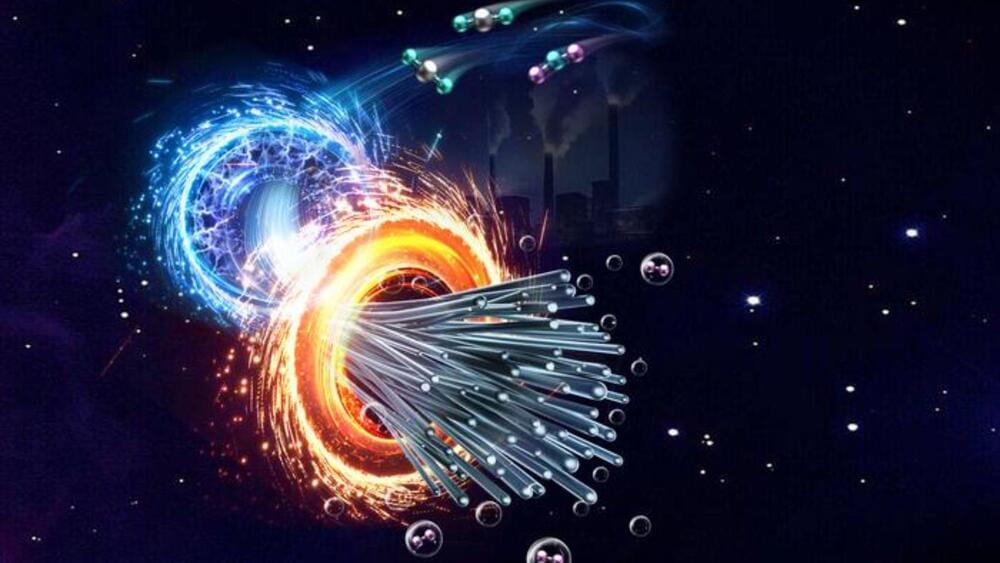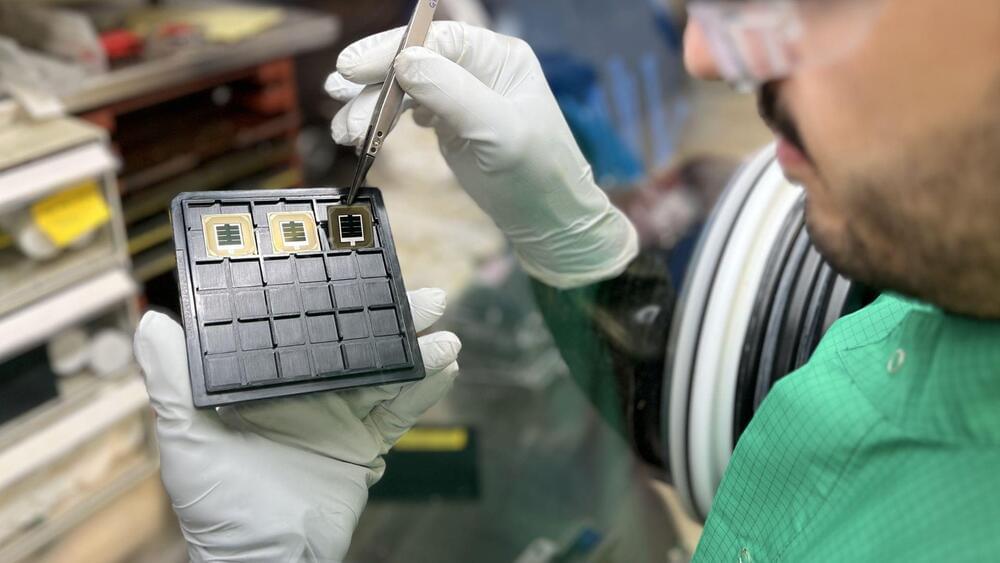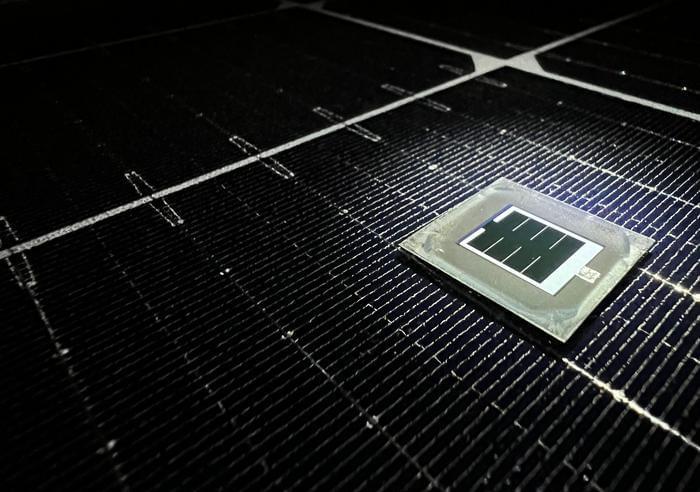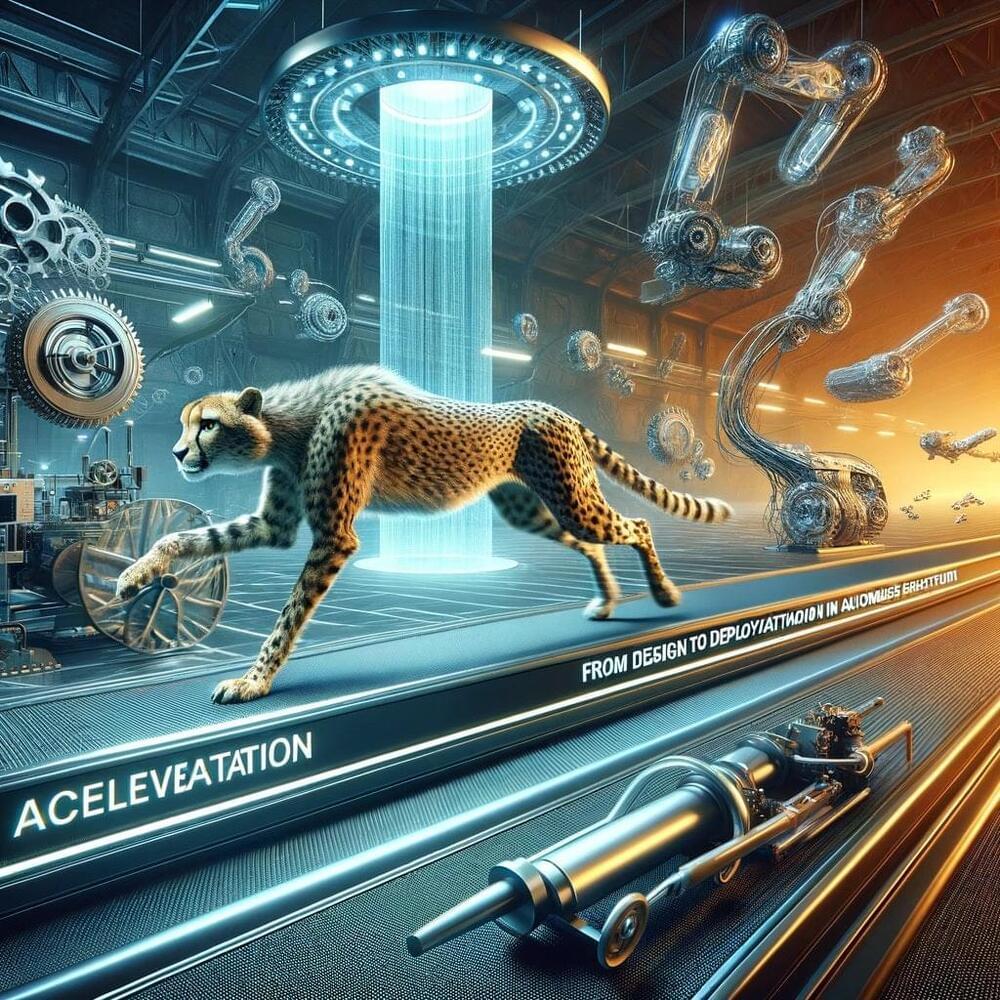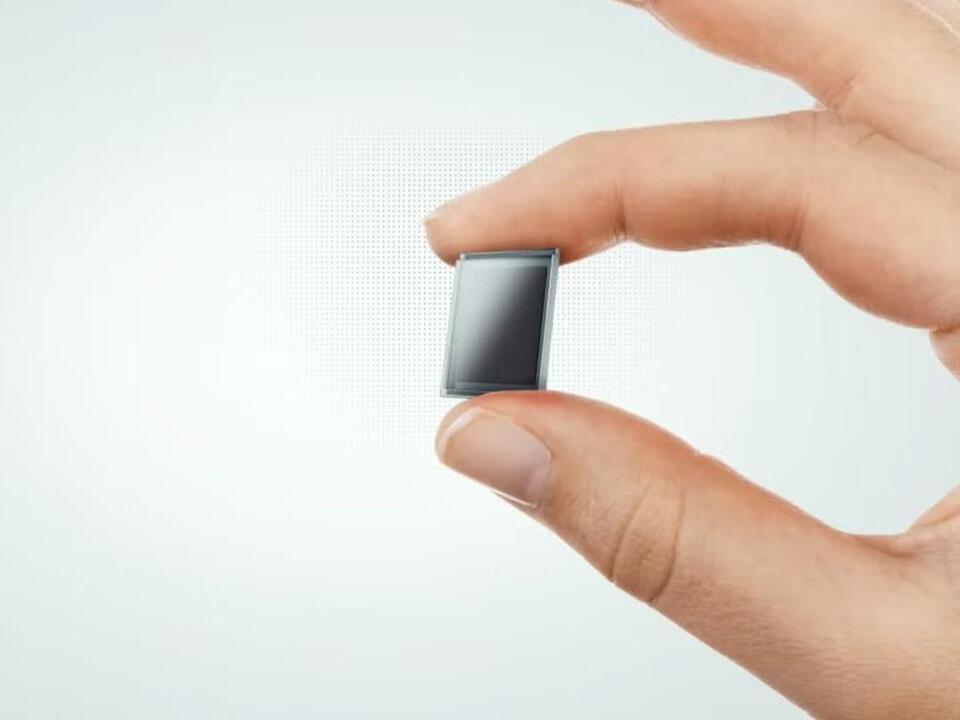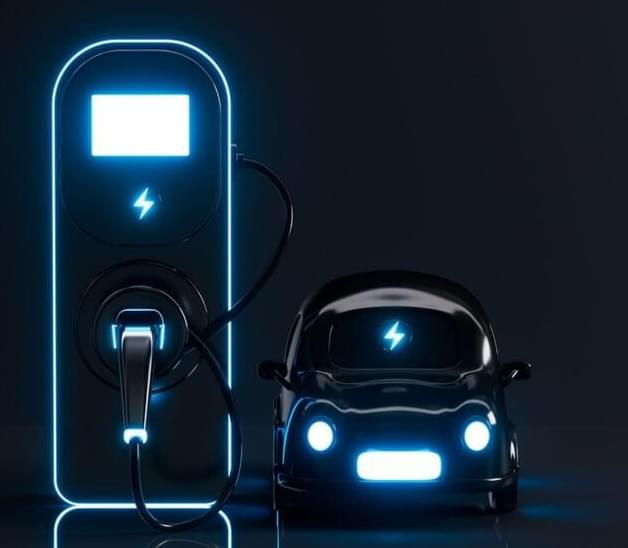The market for perovskite/silicon tandems is expected to exceed $10 billion within a decade,” said Dr. Stefaan De Wolf. “KAUST is at the forefront of this revolution, laying the groundwork for affordable, accessible clean energy for all.
The road towards a cleaner future has taken a massive step forward, as a team of researchers from the King Abdullah University of Science and Technology (KAUST) have successfully conducted laboratory tests of perovskite/silicon tandem solar cells, which offer greater efficiency than crystalline silicon solar cells, which have long been the standard for solar energy technology. This study, which was published today in Science, was conducted at the KAUST Solar Center and holds the potential to design and develop more efficient solar cells for both Saudi Arabia and the entire world.
While the study outlines the incredible advances in laboratory tests with perovskite/silicon tandem solar cells, most notably a 33 percent increase in power efficiency compared to other joint solar cells, the researchers emphasize that many steps must be accomplished before this technology can achieve real-world applications, like commercialization. While they note that challenges for scaling up the technology could only be a few years away, the cost is the primary challenge for the foreseeable future.

